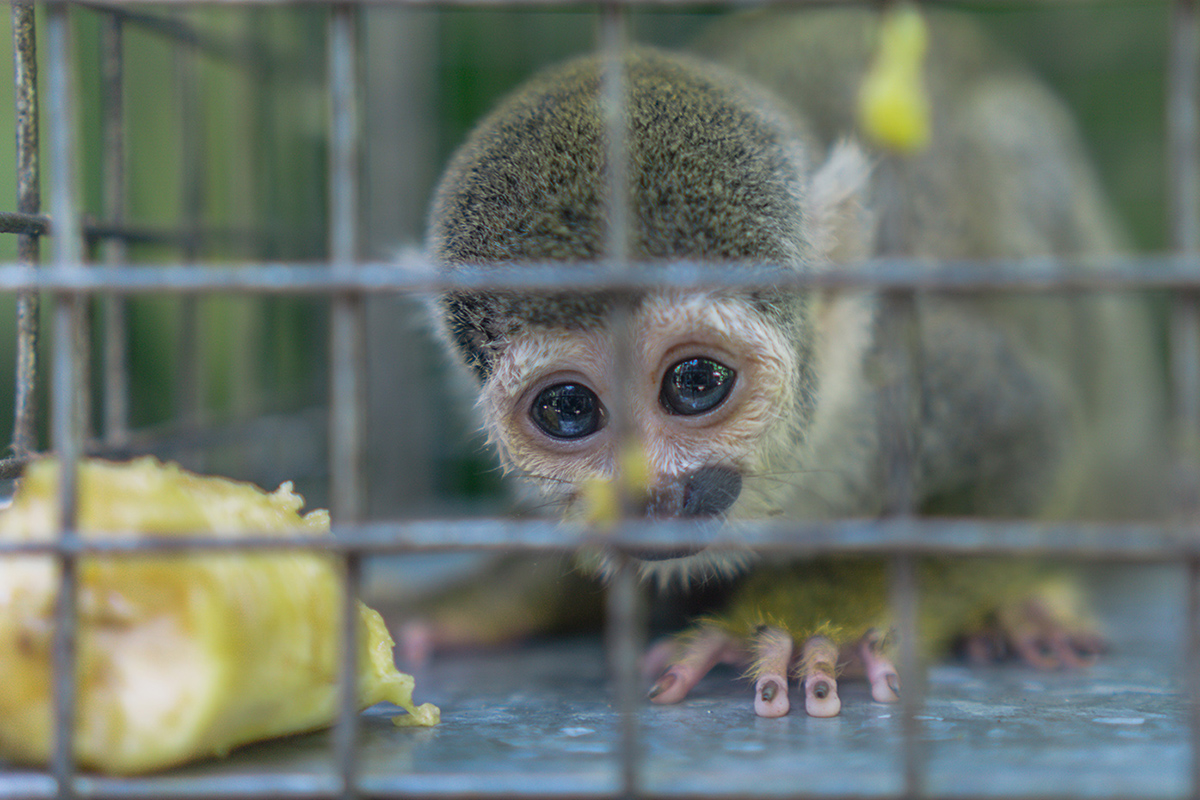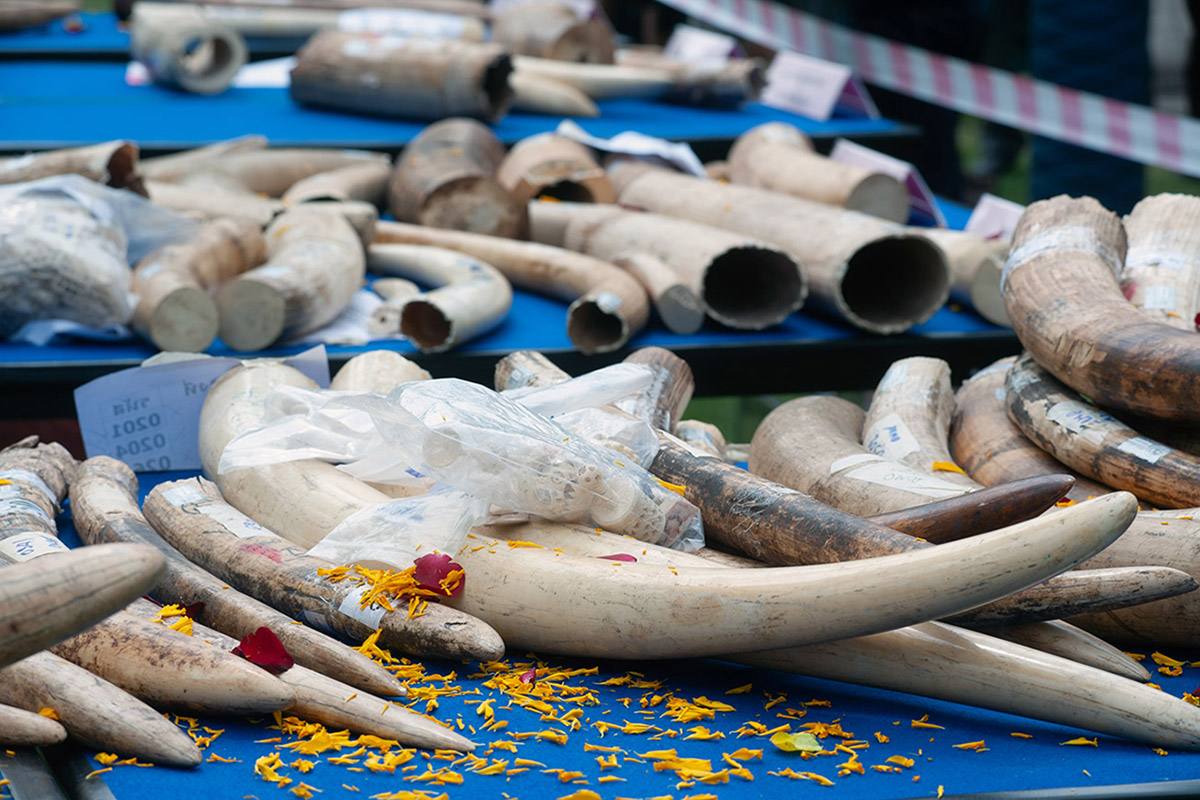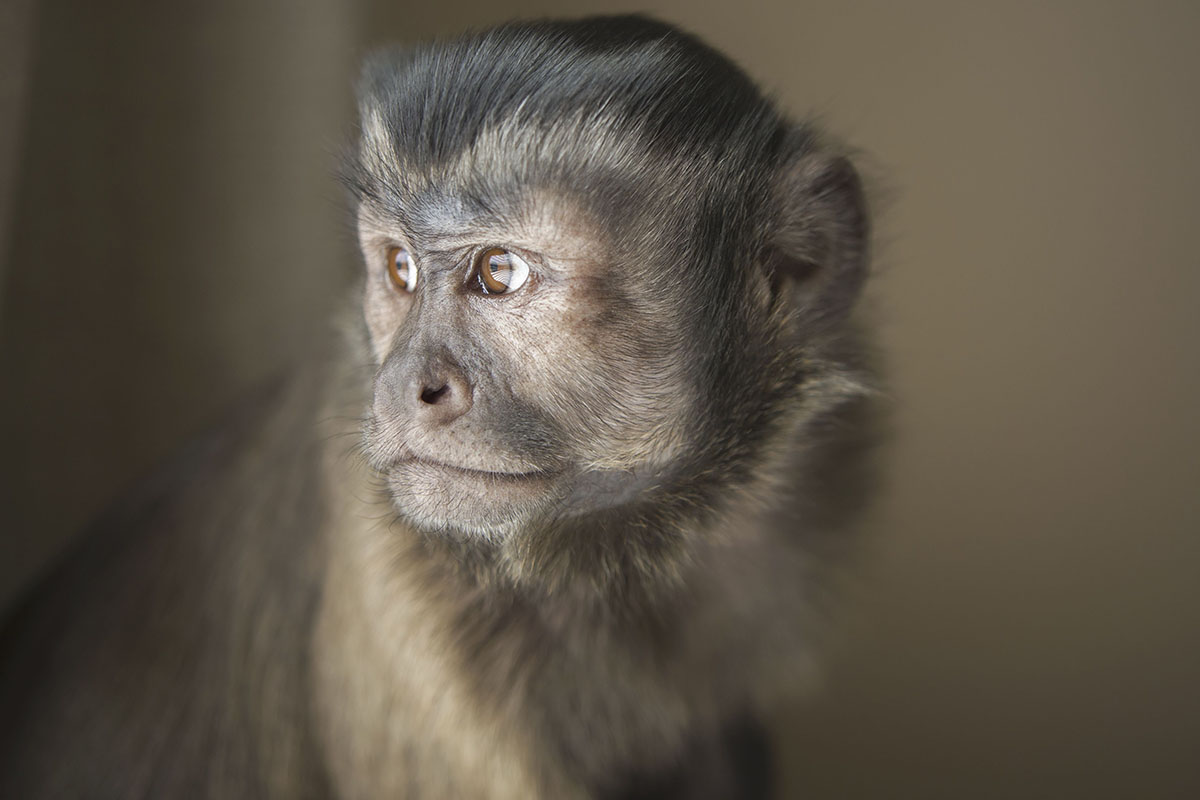Against species trafficking
The fight against animal and plant trafficking has always been one of our priorities.
In our early days, we joined the mission of CITES, the international convention that regulates the trade in species.
Ten years later, we created our educational and environmental outreach team, an organisation dedicated to spreading the truth about the illegal trade in species and its consequences, inspiring those who watch us to protect biodiversity.rcio ilegal de especies y sus consecuencias,inspirando a quienes nos observan a proteger la biodiversidad.
We operate as a zoo, rescue centre and shelter for animals that come from abusive situations, such as illegal trafficking, private ownership of exotic animals as pets, entertainment (circuses, advertising, street photography) and wild animals, with the ultimate goal of rehabilitating them and giving them the best possible quality of life.
Every day, more than 80 elephants are killed for the ivory from their tusks and if the rate of extermination continues, in just 15 years we could see the disappearance of wild elephants.
Species trafficking, which includes animals and plants, is one of the most damaging and profitable illicit businesses in the world. This crime against nature is worth between 10 and 20 billion euros every year, a figure comparable to that of arms and drugs trafficking. Oasis Wildlife receives illegally trafficked animals from public bodies and administrations that are responsible for seizing them.









